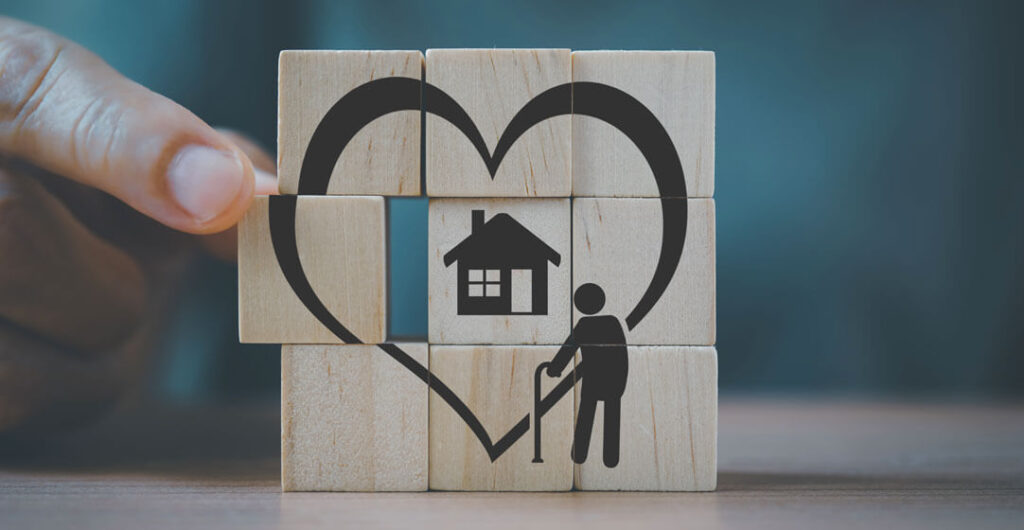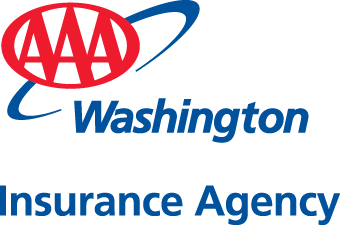Take the First Steps to Understanding Home Insurance
If you’ve owned or shopped for a home, you may be familiar with homeowners insurance, which is typically required by mortgage lenders. But do you really know what homeowners insurance covers and how much it costs? If you don’t know fully how home insurance works, your home may not be properly covered — a risk you certainly don’t want to take on your investment. To ensure that your home is well-protected, review the basics of homeowners insurance.

1. What is Homeowners Insurance?
Homeowners insurance, also called home insurance or hazard insurance, is a type of insurance that covers private homes and the belongings of their owners. Like other insurance policies, it’s a contract between a policyholder and an insurance company that the insurance company will cover certain financial costs in case of events named in the policy.
Homeowners insurance policies typically are packages or multi-line policies, meaning they include both property insurance (coverage for the damage to the home structure and the belonging of the homeowners) as well as liability insurance (coverage for injuries or damages to people who don’t live on the property, when their injuries or damages happen on your property, and you are deemed responsible for them). Liability coverage also includes things that don’t belong to the homeowner under certain circumstances.

2. What Doesn’t Homeowners Insurance Cover?
Although homeowners insurance covers many things, there are some risks that your home policy won’t cover.
For example, certain disasters, like floods, earthquakes, landslides and sinkholes aren’t covered by normal homeowners insurance in most cases. Coverage for those emergencies typically are offered by insurance companies as separate products. It’s important to know which risks your policy covers and to add coverages for noncovered situations if your home is in an area where those catastrophes often occur.
Some non-natural disasters also may require additional coverage. Damage from a sewer backup, for example, isn’t typically covered in standard homeowners policies. Damages caused by military conflict or nuclear hazard are likewise typically left off standard coverage despite being less common.
Damage that isn’t caused by disasters isn’t usually covered, either. That means your policy won’t pay for issues caused by routine wear and tear or for problems caused by neglect or improper maintenance. Things that fall under this umbrella include rust, mold, rot, rodent damage, termite damage, pest infestations or damage caused by nearby smog or industrial smoke.

3. How Much Does Homeowners Insurance Cost?
There’s not a straightforward answer to this question, because the cost of home insurance varies between states and even zip codes. States with more major cities or with more frequent natural disasters, for example, are more likely to have higher insurance premiums. Your premiums also depend on the rebuild value, condition and age of your home, as well as the limits on your policy’s coverages.
Privately conducted surveys suggest that the U.S. average annual homeowners insurance premium as of late 2022 was in the range of $1,300 to $1,600 annually for a $250,000 home. However, Washington and Idaho residents pay lower average premiums. The countrywide average premium rose 3.2% between 2019 and 2020, according to the National Association of Insurance Commissioners.

4. How Much Will Homeowners Insurance Pay?
Every homeowners insurance policy has coverage limits, which are how much the policy will pay in case of an unfortunate event. The insurance company won’t pay anything more than that amount, and the policyholder will have to foot the rest of the bill. Ideally, then, you want your policy’s limit on dwelling coverage to cover the cost of replacing your home if it’s somehow destroyed. The limits of the other standard property coverages on your policy often are expressed as percentages of your dwelling coverage. For example, if your dwelling coverage has a limit of $400,000, your personal property limit might be 50% of the dwelling, or $200,000.
Meanwhile, you can choose your liability coverage limits. Many home insurance policies provide a minimum of $100,000, although higher amounts are available. The Insurance Information Institute recommends having at least $300,000 to $500,000 of liability coverage.
Keep in mind, having higher coverage limits means higher insurance costs.
5. Am I Required to Have Homeowners Insurance?
Well, yes and no. There’s no state law that mandates having home insurance in either Washington or Idaho. But if you’re buying a home with a mortgage, it’s very likely that your lender will require that you have homeowners insurance. This purpose of this requirement is to protect the lender’s investment if your home is destroyed by a disaster. In a way, this requirement also protects you, because without it, you’d be stuck paying off a loan on a home you can’t live in anymore.
– Written by Arnie Aurellano, last updated in March 2023.

